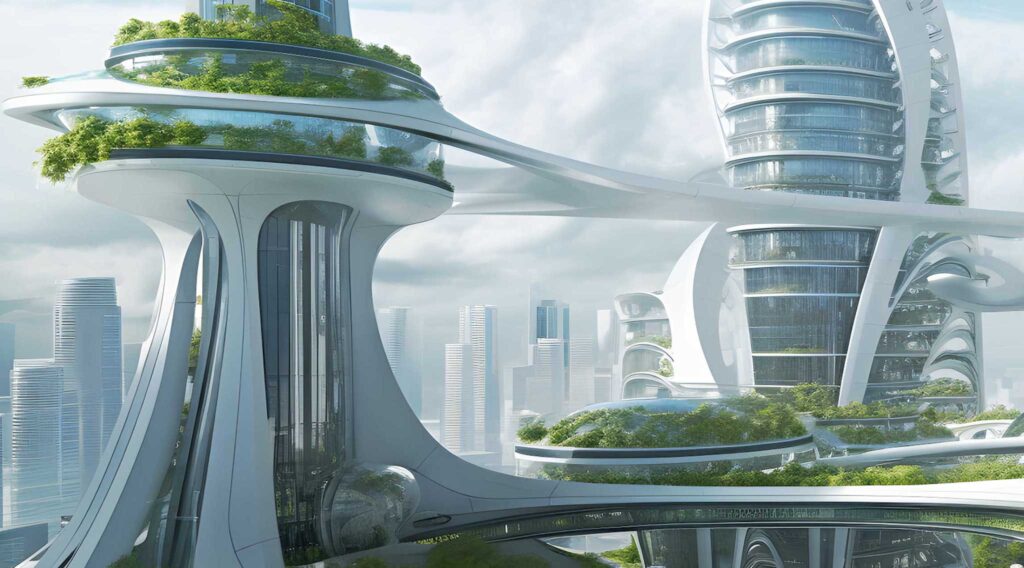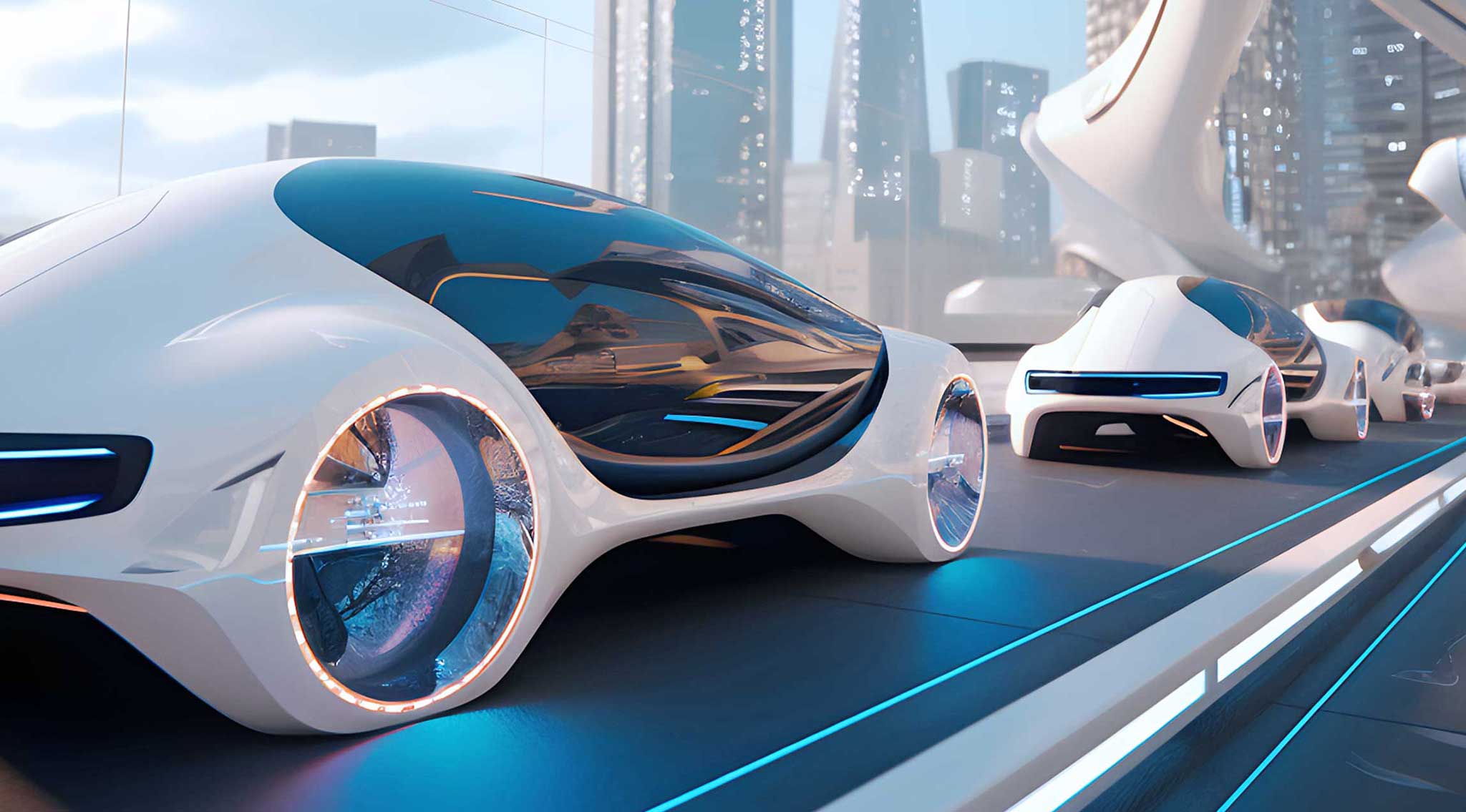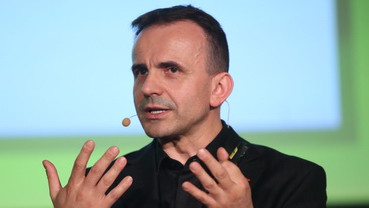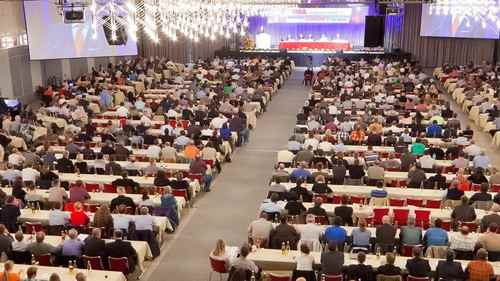Dr. Pero Mićić
Renewable energy is super. But there’s a big problem with that. The wind does not blow, the sun does not always shine when we need the electricity. So we need to store electricity on a large scale. But there is far too little storage capacity available for much more renewable energy. That’s why so many say the energy transition will fail. But will it really fail?
Electricity storage is a huge market of the future! And not just for the power companies, but for virtually every company, directly or indirectly. Probably for yours too! I am about to introduce an energy storage system that is technically simple, very environmentally friendly and at the same time very profitable. I present to you all the advantages and disadvantages. I also conduct an interview with the developer Prof. Heindl. And at the end, I’ll give you my take on whether this is going to be a future market.
How do we store electricity today?
Worldwide, more than 95% of electricity is stored in pumped storage power plants. Surplus electricity is stored by pumping water up a mountain with it. If you need the electricity again, the water runs downhill via power generators. To date, there are no other large-scale plants in application that could compete on cost and efficiency. Why not just build more of them? Because a pumped storage plant is an enormous intervention in nature, because there are therefore no longer many geologically suitable sites that are acceptable to the population, and because they are very expensive.
Location energy storage
Professor Eduard Heindl from Furtwangen has developed a very visionary yet simple concept for electricity storage, the Hydraulic Layer Energy Storage. After all, we could use mountains as batteries, or the earth itself.
So you saw out a cylinder from the earth, consolidate this drill core and seal everything well. If you want to store electricity, you use it to pump water under the drill core to raise it. This is how positional energy is stored, using gravity. If you need the current again, you let the drill core sink again. The water runs back into a storage basin via turbines, converting the Lage energy into electricity.
The larger the storage facility, the more economical it is: with a diameter of 250 meters, it has a storage capacity of 8 GWh, like the largest pumped storage power plant in Goldisthal in Germany. This can supply around two million people with electricity for a day. Investment: 1.1 billion.
The bigger you build, the more efficient the plant becomes. If you double the diameter and height, the investment quadruples, but the capacity effectively becomes ten times greater.
At 500 meters in diameter, it is 80 GWh of capacity. Of these, 20 plants would be enough for the whole of Germany for one day’s electricity supply. If the plant is also built at a correspondingly lower level, it can produce up to 128 GWh, so that 14 plants could be enough for Germany’s electricity needs on one day.
Of course, it also works on a much smaller scale for a city, a company or a settlement. Then, however, significantly less efficient, i.e. significantly more expensive per kWh.
The whole interview with Prof. Heindl
How do we assess the potential?
Let’s do an argument balance for this. What are plus arguments for this becoming a future market. And what are minus arguments against it? And please, join the discussion. What arguments do you see differently? What arguments are you missing? By the way, you can read and check all the technical statements on Prof. Heindl’s website.
Balance of arguments for the use of renewable energy
Plus arguments
1. Quality of life
1.1 When it comes to future markets, many people ask whether we really need more and more growth and need and consume even more resources. But what should actually grow? From my point of view, nothing other than the quality of life of the people and that on the whole earth.
1.2 With such storage, our electricity could potentially be 100% renewable. Dams and pumped storage can hardly be built. This limits the potential of renewable energy. However, positional energy storage systems open up completely new possibilities. Such solutions would make it credibly possible to meet all our electricity needs from renewable sources. The environmental impact of our energy production could be greatly reduced. The potential for sustainability, or as some people call it, grandkid-ness, is of course enormous. With more layer energy storage and thus more renewable energy, we leave future generations not only no damage, but even a better world.
2. Technique
2.1 The physics, mathematics and technical concept are convincing. This has been studied many times. At 80%, the efficiency is very high.
2.2 The service life of the equipment is well over 80 years. With good maintenance, however, in principle unlimited.
3. Ecology
3.1 Gravity Storage does not need any critical raw materials such as cobalt. Even if everything goes wrong, the cylinder of earth and rock still lies where it used to.
3.2 Land use is relatively low when we compare it to pumped storage power plants.
4. Finance
4.1 The economic efficiency is also convincing. This is a profitable investment. For investors, such investments would very likely be a lucrative business.
4.2 Compared with pumped storage plants, the investment requirement is relatively low. Prof. Heindl estimates the investment for the smallest reasonable plant at 300 million euros. For larger plants as shown, from 1.1 billion euros. These are low costs compared to pumped storage and dams. The construction period is three years.
5. Medullary volume
5.1 There is a huge potential demand for electricity storage worldwide in the future. The construction of the plants already has enormous market potential because they are large construction projects that provide orders for many companies.
5.2 The operation of the plants has an even greater market potential because, after all, the plants run for many decades. Energy storage systems earn their money by storing energy when it is cheaper and releasing it when it is more expensive. And with the highest possible turnover rate.
5.3 Investors apparently still lack the courage, or in other words the willingness, to take what is in principle not such a big risk. But: recently, another company in this market, Energy Vault, got $100 million from Softbank, even though it is economically much less scalable than Prof. Heindl’s solution. Energy Vault builds energy storage towers, stacking concrete blocks or blocks of construction debris on top of each other to store energy. Electricity is generated when the blocks are lowered back down ropes that run over generators. So the potential of positional energy storage is beginning to be recognized.
Minus arguments
6. Acceptance
6.1 There remains an impact on the landscape, albeit a much smaller one than with the usual pumped storage plants.
6.2 As always, when something new and so great is to be implemented, there will be resistance to change. Sometimes with objective arguments, but sometimes purely out of fear of change.
7. Initiative
7.1 Prof. Heindl presented his ingenious concept about ten years ago. There are many interested parties, but there is no pilot plant yet. So there are STILL concerns among potential investors.
7.2 And, of course, there are competing concepts for electricity storage, such as hydrogen storage, thermal storage, compressed air storage, and cryogenic storage.
Conclusion
As you can see: Energy storage technologies still have a lot of room for improvement in the future – or even for improvement. Promising concepts are emerging around the world, so the much-discussed electricity gap will probably never happen.
Will location energy storage systems of this type become a future market? That depends on you. It takes entrepreneurial initiative. That’s practically the only thing that’s really missing here.
Share this post and video as far and wide as possible, maybe you will find an entrepreneur or investor who has the desire, money and courage to make this fascinating idea a reality.
By the way, if you want your company to benefit from the trends and technologies of the future, I invite you to join my Leader’s Strategy Program. In it I advise and accompany you to rethink the future of your company. Here you will find a link to contact me.
Follow these links as well:
► The Future Strategy Program for SMEs
► Free video crash course THE FUTURE OF YOUR BUSINESS
► BUSINESS WARGAMING for robust business and future opportunities
► KEYNOTES by Pero Mićić for your employees and customers
Have a bright future!
X
Sources
- https://heindl-energy.com/
- https://heindl-energy.com/wp-content/uploads/2018/10/LCOS_GravityStorage-II-Okt-2018.pdf
- https://www.youtube.com/watch?v=XF7mbEsEP04
- https://www.youtube.com/watch?v=ObvQFX6noDw
- https://www.youtube.com/watch?v=AFCm-xp3fFM
- https://www.youtube.com/watch?v=DOAnn5sYo1k
- https://www.youtube.com/watch?v=IZqUut5rNaY
- https://www.youtube.com/watch?v=m3p_daUDvI8&list=PL7BE25BF8B7D10D02


















